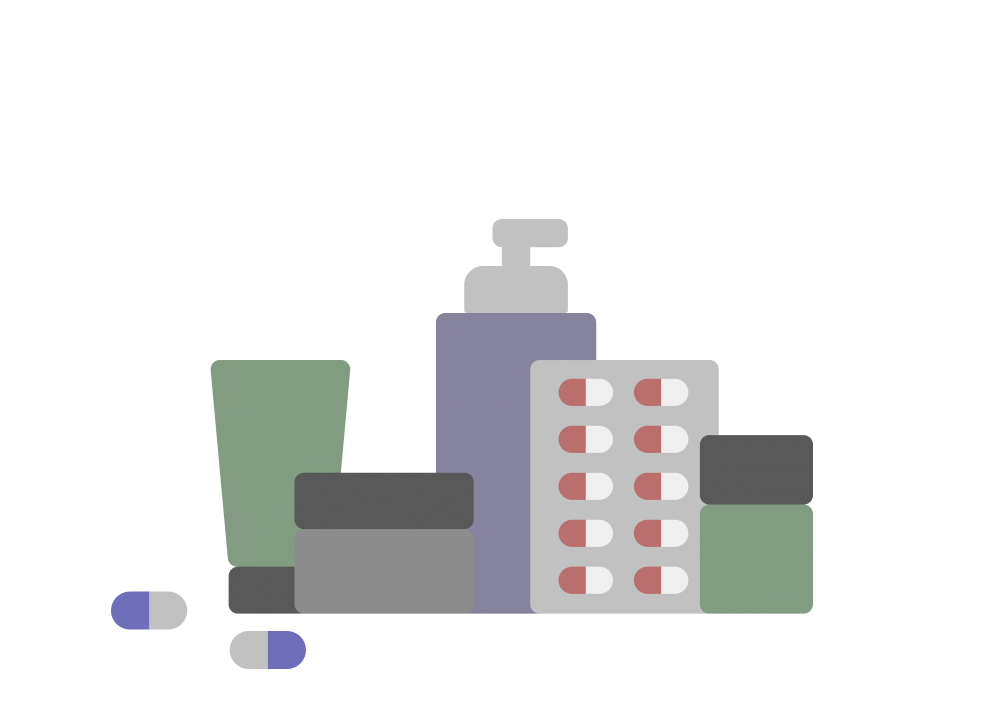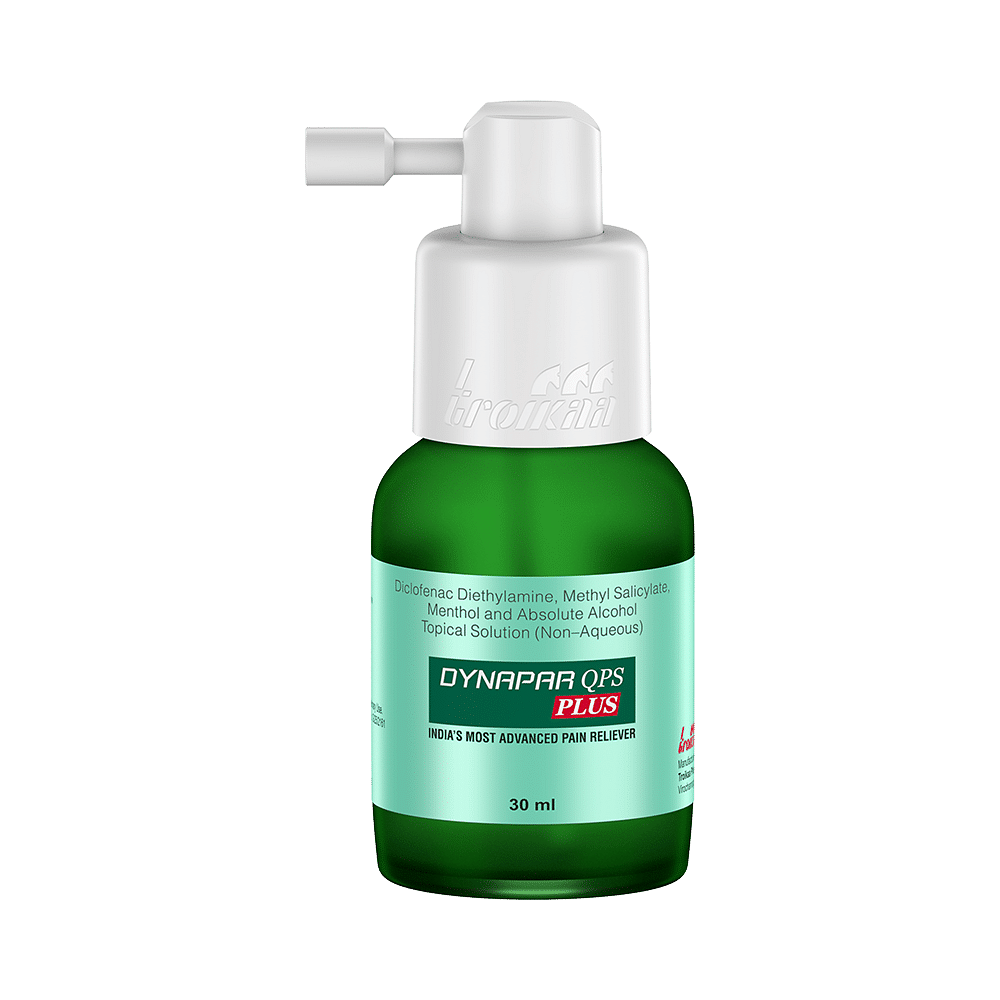
Traumanil 1% Gel
Manufacturer
Rusi Remedies P Ltd
Salt Composition
Diclofenac (1%)
Key Information
Short Description
Traumanil 1% Gel is used to relieve pain and reduce swelling in your joints and muscles, treating various injuries such as sprains, strains, and bruises, tendonitis, and osteoarthritis.
Dosage Form
Gel
Introduction
Traumanil 1% Gel may be used 2 to 4 times a day on the affected area depending on how severe your condition is. It should be applied slowly and evenly to the skin until it is rubbed in. You should not use it too often and you should not cover the treated area with a bandage or plaster. It is a safe medicine with few side effects, but you may get a skin rash, itching, reddening or burning of the skin. Occasionally a skin rash may be a sign of severe allergic reaction. Tell your doctor straight away if you get a rash with blistering. Traumanil 1% Gel is not recommended if you are pregnant or breastfeeding and you should not use it if you are already taking diclofenac (or other similar) tablets.
Directions for Use
This medicine is for external use only. Use it in the dose and duration as advised by your doctor. Check the label for directions before use. Clean and dry the affected area and apply the gel. Wash your hands after applying unless hands are the affected area.
Safety Information
Side Effects
No common side effects listed
Breastfeeding Warning
Traumanil 1% Gel is probably safe to use during breastfeeding. Limited human data suggests that the drug does not represent any significant risk to the baby.
Pregnancy Warning
Traumanil 1% Gel is unsafe to use during pregnancy as there is definite evidence of risk to the developing baby. However, the doctor may rarely prescribe it in some life-threatening situations if the benefits are more than the potential risks. Please consult your doctor.
Interacting Medicines
Nimesulide Oxyphenbutazone Metamizole
How it works
Traumanil 1% Gel is a non-steroidal anti-inflammatory drugs (NSAID). It works by blocking the release of certain chemical messengers that cause pain and inflammation (redness and swelling) on the skin.
Quick Tips
Apply to the skin to relieve inflammation and pain of joints and muscles Less likely to cause stomach side effects as compared to oral medication Gently massage it into the skin of the affected area Do not cover the area being treated with airtight dressings such as bandages as these may increase the risk of side effects Do not apply to broken, diseased, infected, inflamed or irritated skin, or to open wounds Avoid getting it in the eyes, mouth or nose. Rinse with cold water if you accidentally get it in these areas It may increase the risk of sunburn. Avoid exposing the treated area of skin to excessive sunlight Do not use it for longer than 14 days unless recommended by your doctor
Related Medicines

Dynapar Qps Plus Topical Solution

Nexonac 1% Gel

Dolfre 1% Gel

Vozox 1% Gel

Lofen 1% Gel

Misonac Gel

Diclotroy Qps Plus Solution

Diclodyne 1% Gel

Feconax T Gel

Diclonac Transgel Gel


